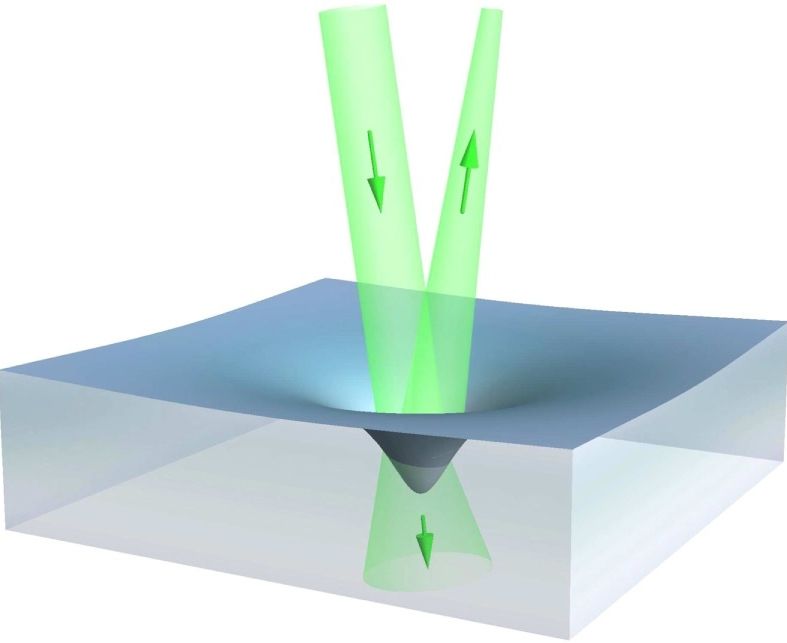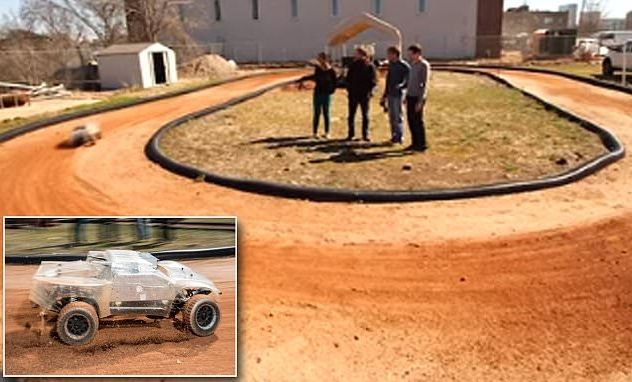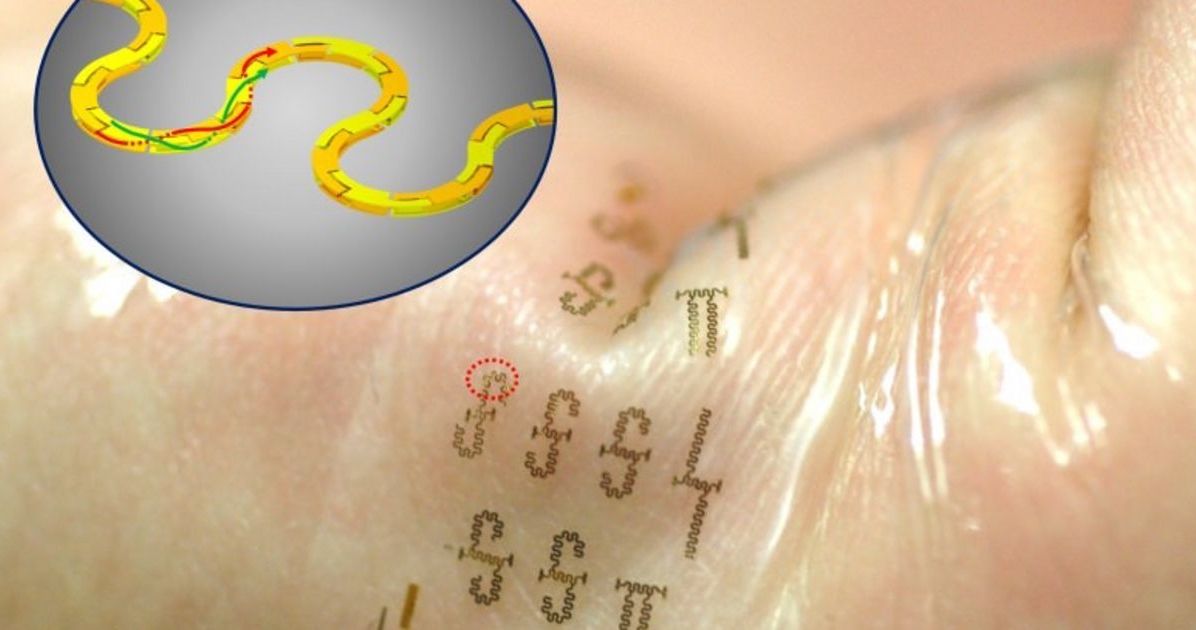Jun 1, 2016
Physicists make first observation of the pushing pressure of light
Posted by Shailesh Prasad in category: physics
(Phys.org)—For more than 100 years, scientists have debated the question: when light travels through a medium such as oil or water, does it pull or push on the medium? While most experiments have found that light exerts a pulling pressure, in a new paper physicists have, for the first time, found evidence that light exerts a pushing pressure.
The scientists suggest that this apparent contradiction is not a fundamental one, but can be explained by the interplay between the light and the fluid medium: if the light can put the fluid in motion, it exerts a pushing force; if not, it exerts a pulling force.
The researchers, Li Zhang, Weilong She, and Nan Peng at Sun Yat-Sen University in Guangzhou, China, and Ulf Leonhardt at the Weizmann Institute of Science in Rehovot, Israel, have published a paper on the first evidence for the pushing pressure of light in a recent issue of the New Journal of Physics.


















